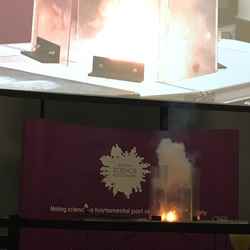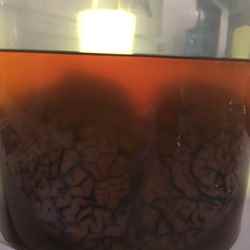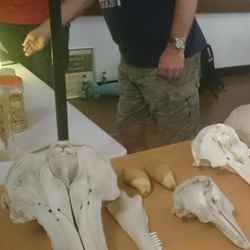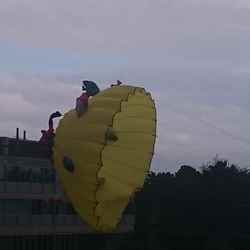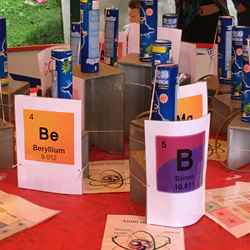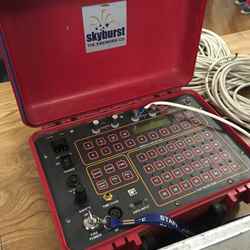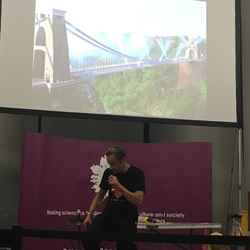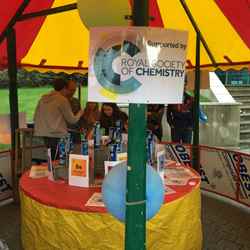British Science Festival finishes in style
Rain and high winds could not dampen spirits on the closing night of the British Science Festival, as a beach party and fireworks display moved indoors.
Thanks to the hard work of staff at Swansea University, as well as organisers at the British Science Association and our own member volunteers, the whole party was moved indoors at the last minute, complete with stalls, deck chairs, artificial trees, and the centrepiece of the event: an indoor fireworks demonstration.
Avoiding (and explaining) the elements...
Pyrotechnics expert and passionate science communicator Matthew Tosh gave his take on the science of pyrotechnic effects – explaining the physical and chemical principles of different types of fireworks.
He even explained the science behind cancelling the originally-planned outdoor fireworks display: pyrotechnicians have software that can draw an accurate map of where the shells from used-up fireworks are expected to fall, taking into account the weather conditions on a particular day.
On this occasion high winds would have blown the heavy shells onto the heads of the unsuspecting audience, so it was clear that cancelling the display was a good decision!
In spite of the change of venue the demonstration was a crackling success, and a health and safety triumph, displaying spectacular firework fountains and ear-splitting mortars under carefully controlled conditions.
The fireworks were sponsored by our Outreach Fund, which provides financial support to individuals and organisations to run chemistry-based events for public audiences, with the aim of raising awareness of the chemistry that goes on in people’s everyday lives.
Dr Ian Mabbett, of Swansea University’s brand new chemistry department, was involved in running chemistry activities during the festival: "The week’s gone really really well so far," he said, "There’s been lots of interdisciplinary activities and it’s been really good to see how much of an underpinning role the chemical sciences have played in some of the big news stories coming out of this week."
"More traditional science festivals and outreach programmes cater to a specific audience – what’s great about this one is it’s really people who’ve just walked in off the street, and we’re just subtly getting a word in about science."
One way in which science was subtly slipped in was at the chemistry side-stalls, also sponsored by the Royal Society of Chemistry, which put a chemistry spin on traditional fairground activities.
All the fun of the fair
“My favourite was electron shell hoopla”, said our new Public Engagement Executive, Susan Vickers, who attended the event. “I thought it was a great way of explaining electron configuration. Players were getting really involved in discussing which element to aim for based on the number of shells. It was also a lot of fun!”
The chemicals hook-a-duck got people thinking about which chemicals might be the most harmful to the environment. Each duck was labelled underneath as a different chemical, and enthusiastic volunteers explained the uses and safety implications of each one.
Meanwhile over at the coconut shy, visitors got competitive firing photons at electrons to excite them to a higher energy state, otherwise known as throwing balls at coconuts garlanded with glowsticks.
Over 1500 adults and children braved the weather to attend the event, which was a fitting end to an exciting and educational week of science activities.
Small, medium and large grants are available from our Outreach Fund to support a range of public engagement activities. Visit our Outreach Fund pages to find out more.

